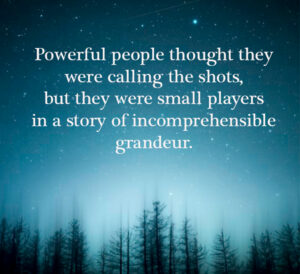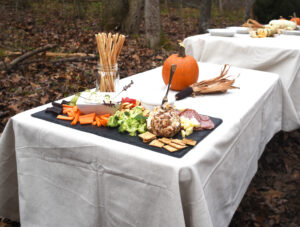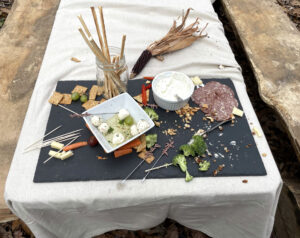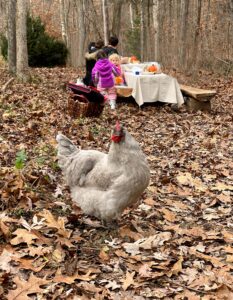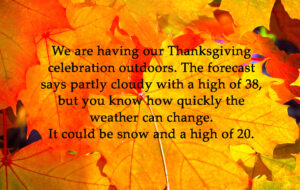There were three options for finding our destination in Chicago—two smart phones or the seven-year-old granddaughter in the backseat. The husband was leaning toward a smartphone, but I was leaning toward the kid.
Ordinarily, I might not be comfortable letting a child guide us through the nation’s third largest city, but she’s grown up here. She knows the bus lines, the train lines and six different ways to get to the zoo.
Plus, the day before, an aunt and uncle had told the girl that they had eaten at a restaurant across the street from where she takes music lessons. She named the restaurant and said, “On Lincoln Avenue?”
“Why, yes, that’s the one,” they answered, visibly impressed.
“That’s not where I always take lessons,” she said. “Sometimes I take lessons at a branch on Armitage.”
Meanwhile, the kid is jumping in her seat yelling, “Let me give directions. I know how to get us there!”
The husband reluctantly relents.
“Go two blocks and then turn right, Grandpa. Right is that way (she points), Grandma’s side of the car.”
It never hurts to be specific. We have a general idea of where we are going but are vague on details. We also have a general idea of right and left.
“Keep going until I say turn left,” she says. “Left will be—“
“Got it,” Grandpa says.
“Look! That’s where my daddy goes to the dentist.”
“She’s good,” I say.
“OK, not this light and not the next light but that light, waaaay up there, you’re going to turn left.”
The kid is doing great.
“Now we need Fullerton, Grandpa.”
We drive and drive and he says, “I think we missed Fullerton.”
“Nope, we didn’t miss Fullerton,” she says.
She is correct. Two more lights and we hit Fullerton.
“See that restaurant on the corner? It used to have a black awning, but then they replaced it with that red and gold. It’s pretty, don’t you think?”
I shoot him a look that says, “How could you ever doubt her?”
She tells him to take another left with short notice. We change lanes and zip through on a yellow.
“That was a tricky turn, wasn’t it, Grandpa?”
“I think we need to head right soon,” he says. “Shouldn’t we map it?”
“I know where we are, Grandpa. Oh, and see that over there? That’s the interstate you need to go home, only you’ll need to get on the other side.”
She’s right, that’s the way we’ll go home.
“I know we’re close,” Grandpa says.
I look back and see her scanning the side streets with a twinkle in her eye. And then she yells, “YA MISSED IT, GRANDPA!” She laughs wildly like she doesn’t know how we get around on our own.
After our event she says, “Why don’t you get out your smartphone?”
“Why do we need a smartphone when we have you?” I ask.
“So you can look up the nearest pizza place.”
Later, as in after pizza, we humbly consult our smartphones to get us to the interstate, feeling not so very smart.





